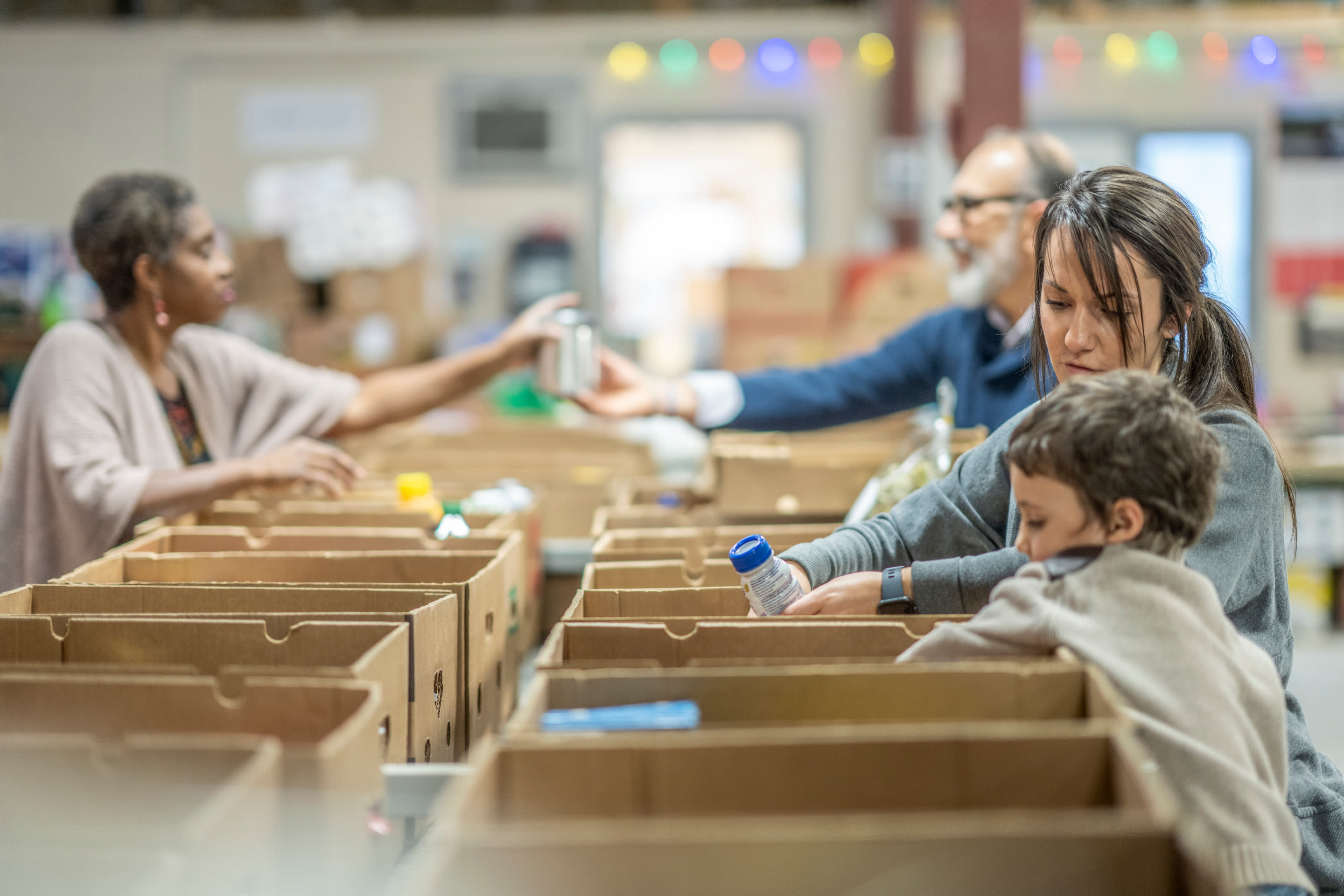
3 Things You Can Do to Help the Houseless and Hungry Population in Your City
What did we miss? Let us know what else can be done to help those in need.
On any given night, an estimated half a million people in the United States are houseless. According to the National Alliance to End Homelessness (NAEH), approximately 34 percent of the houseless population lived in a street or abandoned building in 2017, all while the number of Americans without homes continues to rise due to the lack of affordable housing.
Along with this crisis, food insecurity is straining communities across the U.S. The United States Department of Agriculture reported more than 38 million people are facing hunger. With our nation facing these two pressing issues, we're all wondering what can be done to alleviate some hardship.
So, how can you help the houseless and food insecure populations in your city?
Donate
- Monetary donations to community resources, like homeless shelters and food banks, are always encouraged and appreciated. Beyond giving money, there are many ways to help people experiencing homelessness and food insecurity, including steps of empowerment and long-term action to help the population.
- Donating new and gently used clothes is always helpful, especially if you live in a region with hot summers and cold winters. Underwear, socks, toiletries, feminine hygiene products, coats, and baby supplies are some of the most in-demand items for people living in shelters and on the streets.
- While many food pantries say financial contributions are most effective, food donations are always welcomed as well. Shelf-stable dried and canned goods are best for donations. Katie Fitzgerald, executive vice president and COO of Feeding America, says to give what you would want to eat.
Action you can take
- You can call your local food pantry for information on where and when to make food donations and what food to donate. Get in touch to volunteer your time and hands-on efforts as well.
- Here is the U.S. Department of Housing and Urban Development’s directory of shelters, food pantries, health clinics, and clothing drop-off/pick-up locations. You can search for resources in your area and reach out to the executive team to find out what help they need, whether it be monetary donations, clothing, or your time.
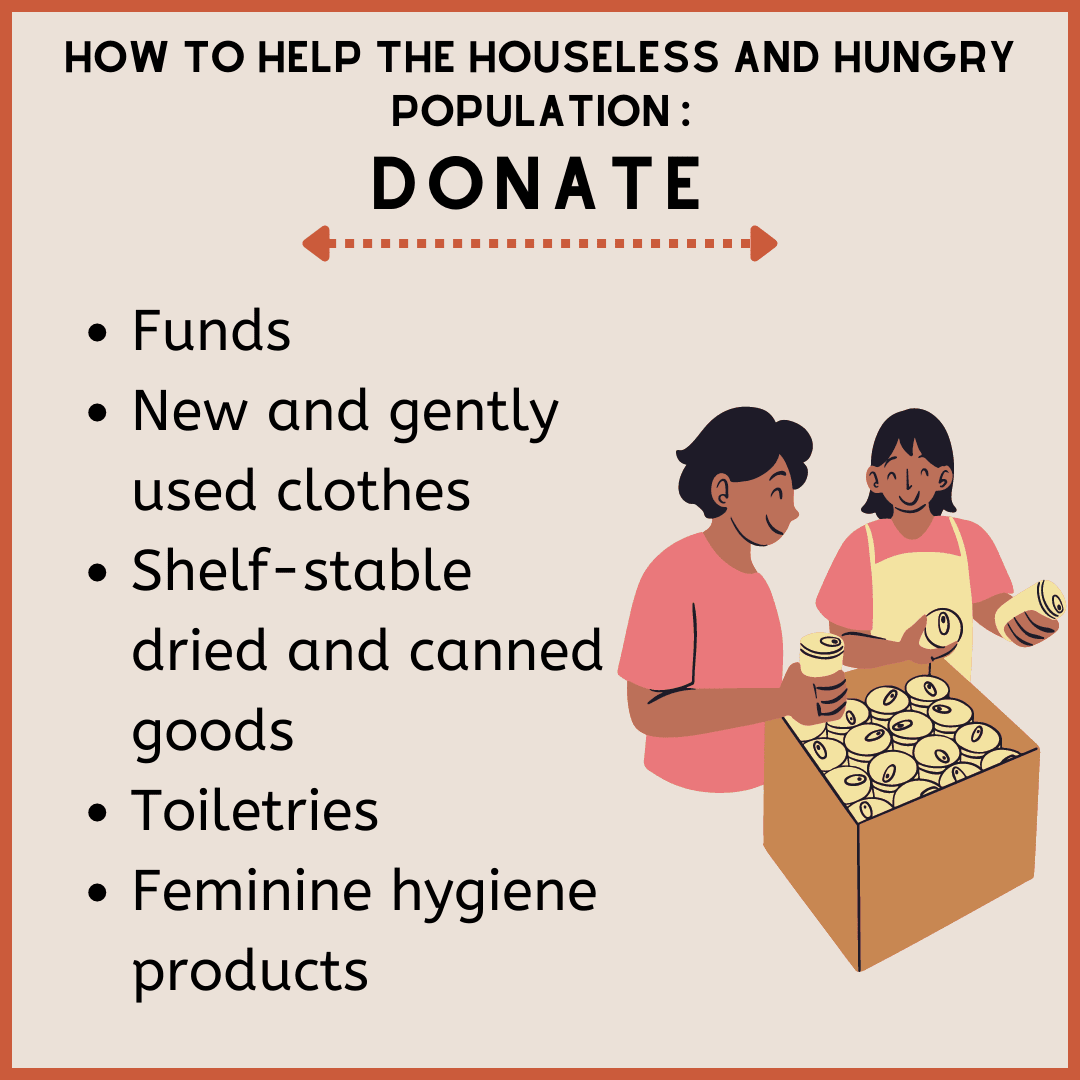
Political action
- Politicians can influence your city’s policies and funding for homeless services, affordable housing, and accessible food. You can research candidates’ proposals on homelessness and food insecurity and the issues that lead to it. Supporting candidates that have practical ideas on how to decrease poverty and increase community wellbeing can help stabilize the houseless and hungry population.
- Politicians also impact the funding for the country’s food programs, like the Supplemental Nutrition Assistance Program (SNAP), the largest government program working to fight hunger in America. Program funding and participant benefits are directly impacted by who’s in office.
Action you can take
- Research shows that current SNAP benefits are not meeting the needs of many households, which U.S. representatives and lawmakers have the power to change. Your federal representatives can influence which federal resources are allocated to SNAP, while state representatives can impact the administering of the program.
- You can write to your representatives to tell them to support increased funding for SNAP, removing barriers to enrollment, and streamlining program benefits. These changes will allow more people to receive benefits, decrease complications within the enrollment process, and provide more funds to those in need.
- More specifically, you can tell your House representatives to support the Food Assistance Policy at the Center on Budget and Policy Priorities' proposed amendments on SNAP within the Farm Bill. Read here about the Vice President of the organization's testimony to the House in June, and tell your representatives to support the provisions.
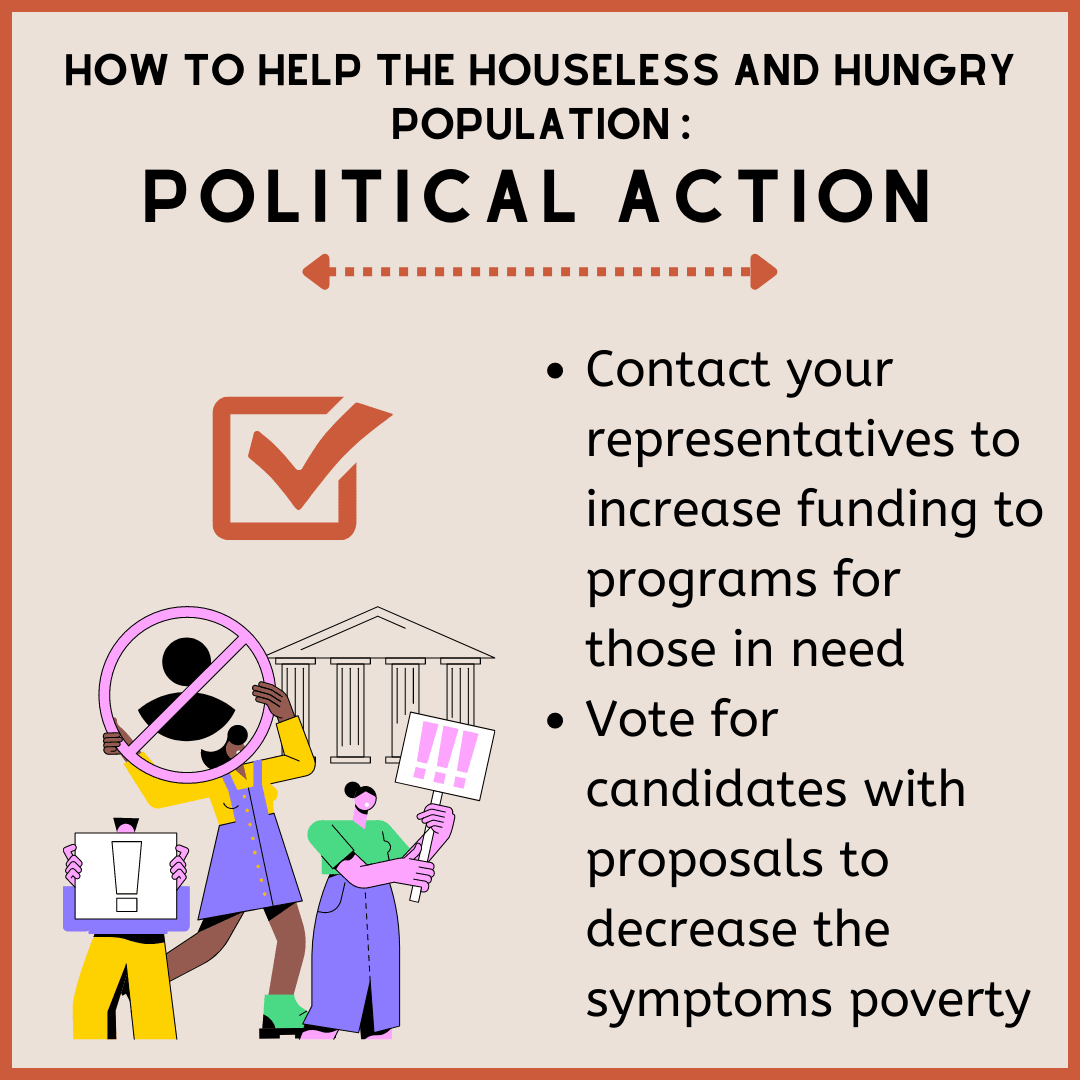
Community organization
- Organized community efforts can include promoting nearby shelters, volunteering time, fundraising, and more, all while developing community ties and resources.
- Familiarizing yourself with the resources available to the houseless and food insecure people in your region allows you to directly help those in need. Providing the location and contact information of shelters and food banks can be incredibly helpful, especially to those without phones or internet access.
- Volunteering your time with hands-on assistance and building connections with those who are houseless and food insecure can lead to long-term help to the community.
Action you can take
- Today, many food banks collect funds through a virtual drive. You can host a virtual drive by collecting monetary donations online from family, friends, social media connections, coworkers, and so on, then give the bundle to your local food bank or houseless shelter. Learn about hosting fundraisers for Feeding America here.
- Here is the U.S. Department of Housing and Urban Development’s directory of shelters, food pantries, health clinics, and clothing locations. You can print posters, note cards, and palm cards to hang around and hand out in your area to provide your neighbors with information on community resources.
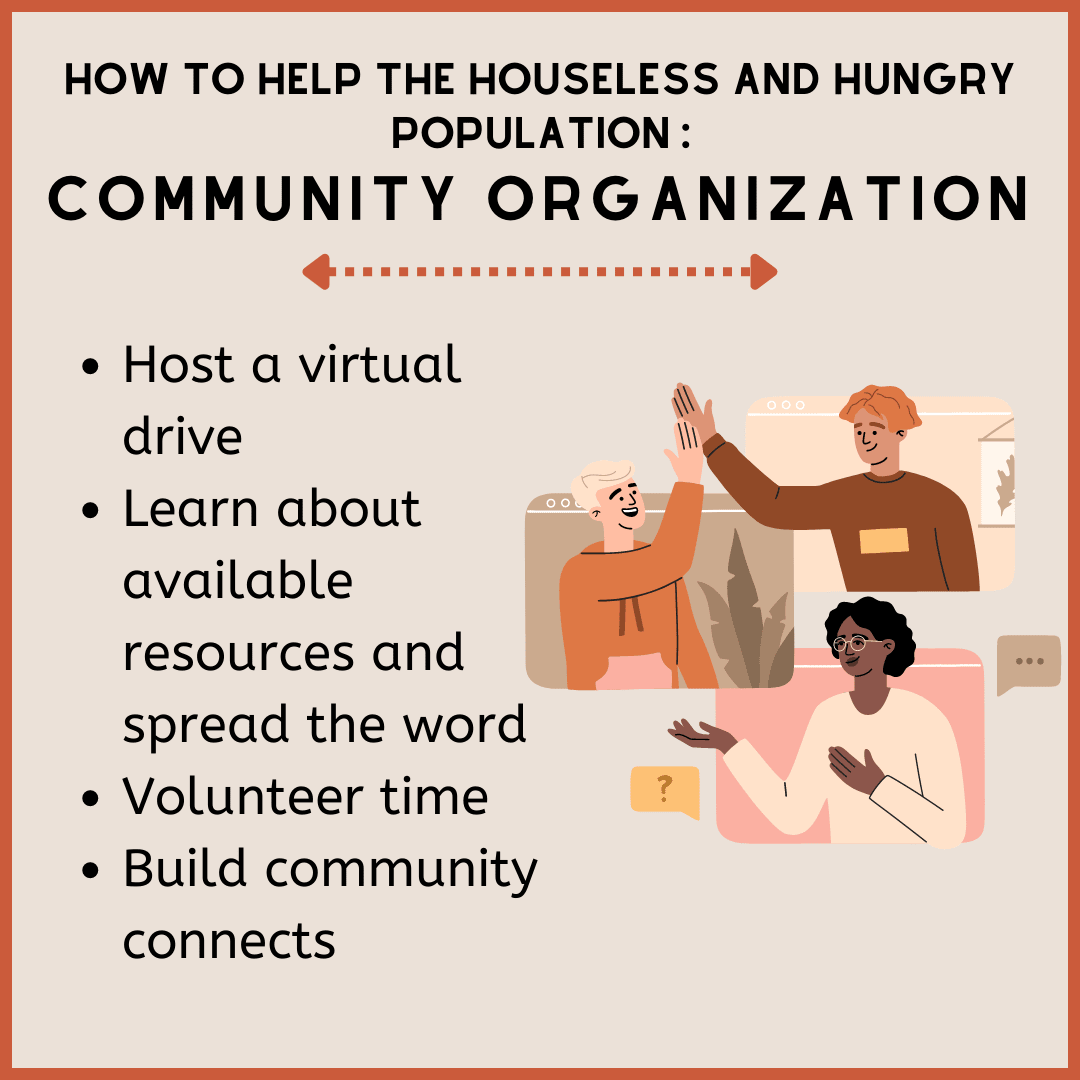
What did we miss? Let us know what else can be done to help those in need.
-Jamie Epstein
(Photo credit: iStock/FatCamera)
The Latest
-
 Changes are almost here!It's almost time for Causes bold new look—and a bigger mission. We’ve reimagined the experience to better connect people with read more...
Changes are almost here!It's almost time for Causes bold new look—and a bigger mission. We’ve reimagined the experience to better connect people with read more... -
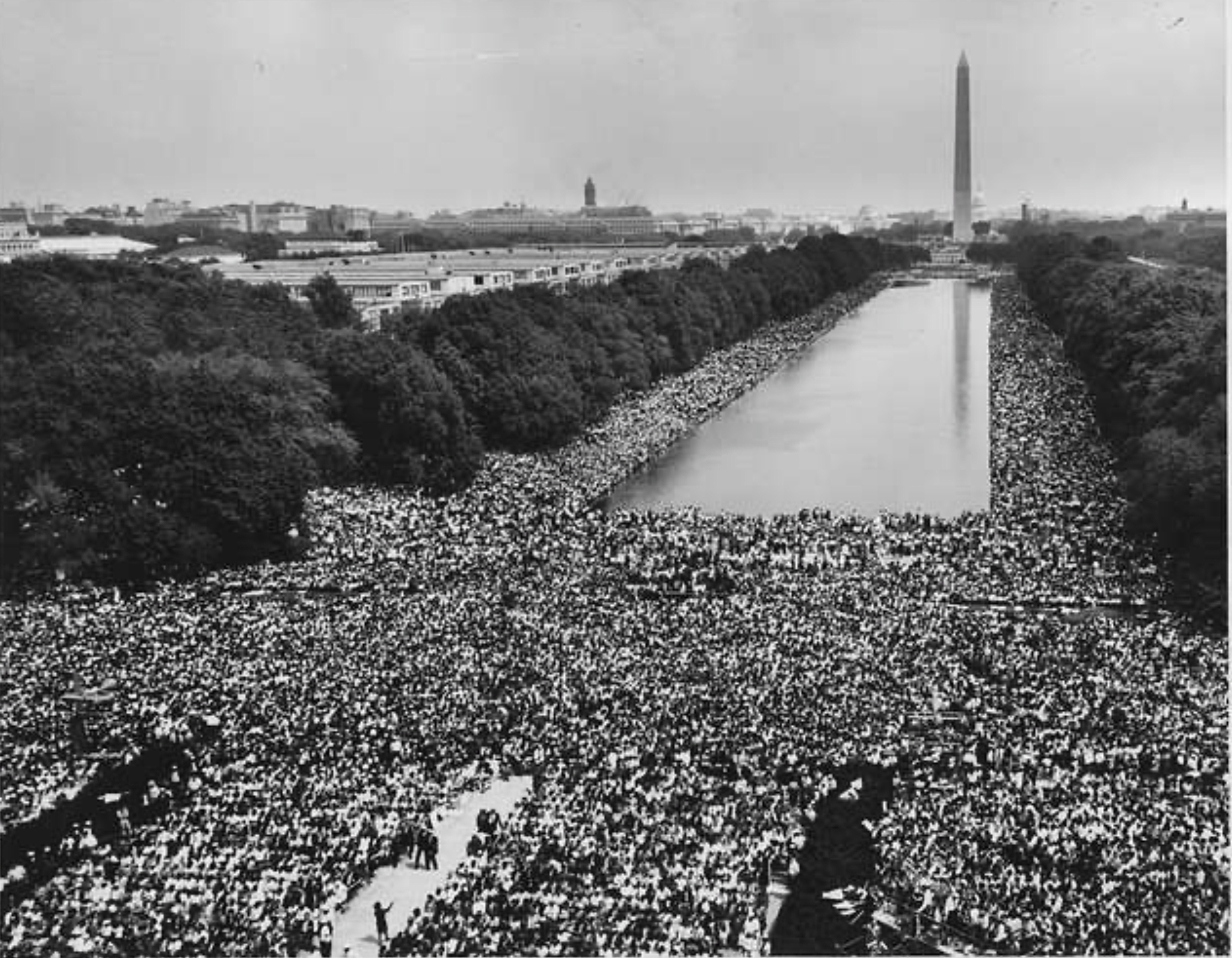 The Long Arc: Taking Action in Times of Change“Change does not roll in on the wheels of inevitability, but comes through continuous struggle.” Martin Luther King Jr. Today in read more... Advocacy
The Long Arc: Taking Action in Times of Change“Change does not roll in on the wheels of inevitability, but comes through continuous struggle.” Martin Luther King Jr. Today in read more... Advocacy -
 Thousands Displaced as Climate Change Fuels Wildfire Catastrophe in Los AngelesIt's been a week of unprecedented destruction in Los Angeles. So far the Palisades, Eaton and other fires have burned 35,000 read more... Environment
Thousands Displaced as Climate Change Fuels Wildfire Catastrophe in Los AngelesIt's been a week of unprecedented destruction in Los Angeles. So far the Palisades, Eaton and other fires have burned 35,000 read more... Environment -
 Puberty, Privacy, and PolicyOn December 11, the Montana Supreme Court temporarily blocked SB99 , a law that sought to ban gender-affirming care for read more... Families
Puberty, Privacy, and PolicyOn December 11, the Montana Supreme Court temporarily blocked SB99 , a law that sought to ban gender-affirming care for read more... Families
 Climate & Consumption
Climate & Consumption
 Health & Hunger
Health & Hunger
 Politics & Policy
Politics & Policy
 Safety & Security
Safety & Security
